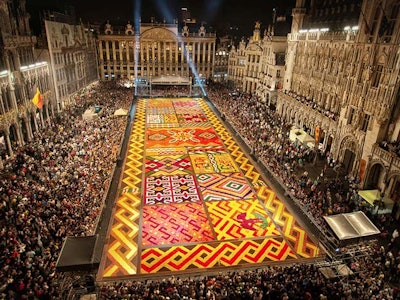
The Brussels Flower Carpet is a 19,375-square-foot mosaic of 700,000 intricately arranged begonias that comes to life every two years for five days during August in the central square of the European capital city. Meant to incite conversation about nature, cities, and art, the designs have typically incorporated themes from Belgium’s history since the first carpet was created in 1971. It takes 100 gardeners four hours to arrange the petals by hand. The next flower carpet will appear in 2014.
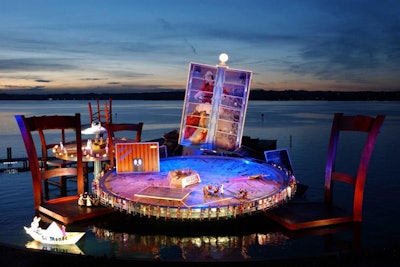
Every summer, the Bregenz Festival draws huge crowds to the shores of Austria’s Lake Constance, where a staggeringly extravagant floating stage set is built to showcase opera performances. The opera festival, founded in 1946, also includes a conventional indoor theater, but each year one well-known opera is staged on a custom-built, high-tech platform, with performers often using the surrounding waters as an extension of the stage. Last year’s The Magic Flute attracted a total audience of 202,663 for 28 performances.
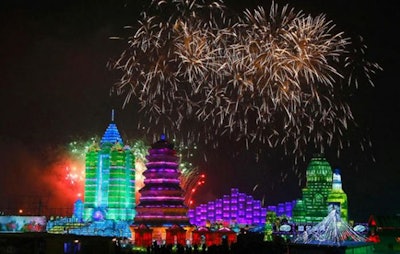
Held each year during the month of January in northern China, the Harbin International Ice & Snow Festival showcases giant, detailed replicas of monuments such as the Statue of Liberty, the Arc de Triomphe, and St. Peter’s Basilica, all carved out of ice and illuminated from within by colorful, dizzying lights—even the festival’s toilets are made of ice. Creating the pieces for the fest's two exhibition parks takes 2,000 workers and almost one month to complete, and factory-sponsored sculptures can reach as many as 20 stories. The exhibition sees more than three million tourists each year.
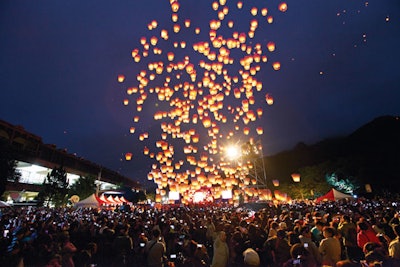
The Pingxi Sky Lantern Festival, held in a remote township in northeastern Taiwan, culminates with the simultaneous release of more than a thousand sky lanterns in early February. Every year thousands write their wishes for the new year on lanterns before launching them into the night air. Traditionally, sky lanterns are made of oiled paper or tissue with a wire frame containing a small candle that causes the lantern to float up, then return to the ground when it burns out.
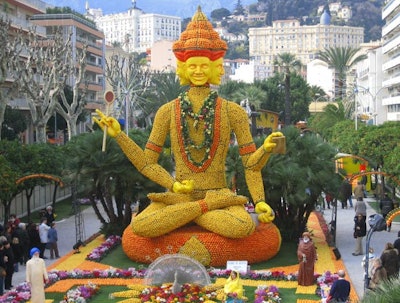
Now in its 81st year, the Lemon Festival in Menton, France, requires 145 tons of citrus fruit every year. The town’s central Casino Gardens are decorated according to the year’s theme (previous ones have included Disney and India), with huge temporary statues covered in and made from—you guessed it—lemons. The event attracts more than 230,000 visitors to the tiny town on the French Riviera, and the program includes several parades and a “Garden of Light.” In 2014, it will be held February 15 to March 5, with a 20,000 Leagues Under the Sea theme.
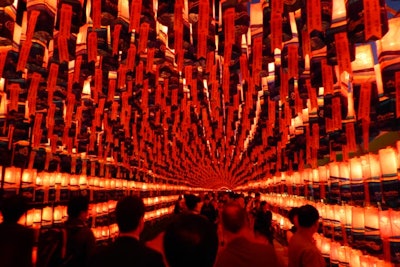
The Canadian city of Ottawa turns into a giant winter festival for three weeks every year when visitors get a chance to skate on the world’s largest naturally frozen ice rink, check out competitive ice sculpting, and play in North America’s biggest snow playground. At the 2013 Winterlude, the National Capital Commission worked with the Jinju Namgang Yudeung Festival in South Korea to create a 115-foot-long tunnel comprising 1,300 lanterns. The tunnel, located in Confederation Park, celebrated 50 years of diplomatic relations between the countries.
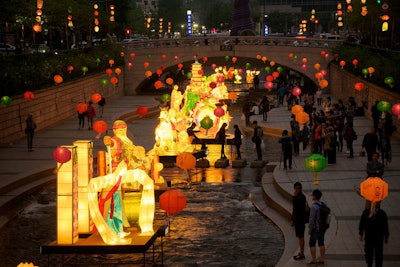
Speaking of Korean lantern festivals, Seoul’s Lotus Lantern Festival—held in honor of Buddha’s birthday—takes place every May. According to Buddhist beliefs, lanterns symbolize wisdom and lighting them is a long-honored ritual that pays respect to Buddha. In addition to experiential cultural events, the festivities in downtown Seoul include a massive lantern parade featuring more than 100,000 illuminated lanterns in the shapes of lotus flowers, fruits, dragons, elephants, and more, as well as many displays and exhibitions of traditional lanterns throughout the South Korea capital.
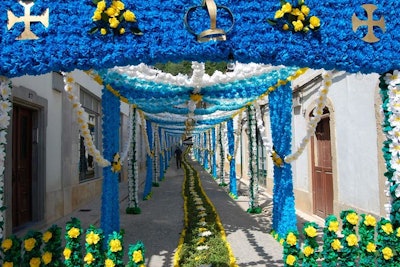
The Festa dos Tabuleiros, or the Festival of the Trays, takes place every four years in Tomar, Portugal, during the summer. Originating in the 1200s, the festival takes its name from the towering tabuleiros decorated with 30 loaves of bread and colorful paper flowers that are balanced on the heads of more than 400 women during the weeklong festival’s final procession. The festivities kick off with a street-decorating competition, during which townspeople decorate the streets of the city with elaborate, brightly hued paper flowers and crepe paper garlands. The last festival, in 2011, attracted more than 600,000 visitors.
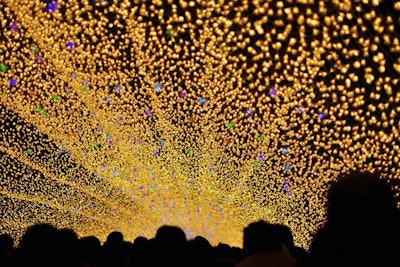
The Winter Illuminations festival in Japan displays more than seven million sparkling LED lights spread across the grounds of the Nabana no Sato botanical garden, part of the Nagashima Onsen resort area in Kuwana City. Every year millions visit to witness the stunning display of lights, one of the largest wintertime illumination events in the country. The annual festival runs for five months, between November and March, and includes the popular 200-meter-long Tunnel of Light that guests can walk through while enveloped in more than a million lights. Visitors can also buy tickets to an observation deck that lifts them 45 meters into the air and rotates 360 degrees for a full view of the park.
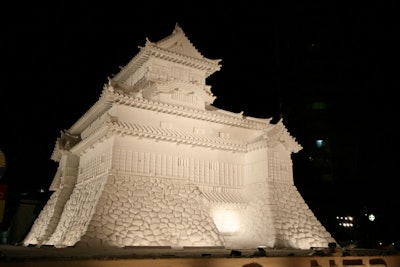
Millions of visitors arrive every February for the Sapporo Snow Festival in Japan, ready to see the city’s mind-blowing array of highly detailed, oversize snow statutes and ice sculptures. Launched in 1950, festival attendees can view the hundreds of massive sculptures—of everything from cartoon characters to architectural masterpieces—that line Sapporo’s Odori Park promenade, as well as partake in activities, performances, and refreshments.
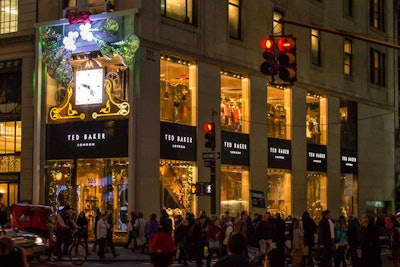
The Ted Baker store on Fifth Avenue in New York has an eye-catching piece of mistletoe decking its façade. Designed by English company Kin Design, the installation of the festive sculpture was no simple feat. To keep the mistletoe affixed to the building in the harsh winter weather, engineers from McLaren built a support structure that comprises steel tubes, two post bearings on the sidewalk, a header tube, and L-shaped brackets that pass through the store's third-floor windows.
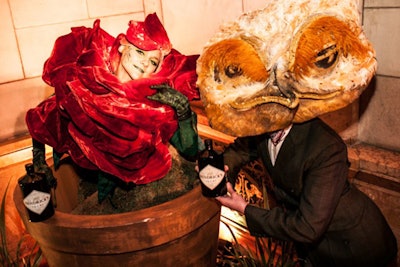

The cozy activation at the Old Bowery Station in New York offered workshops in tabletop decor, cookie decorating, and more. There were also shopping events and ticketed dinners.
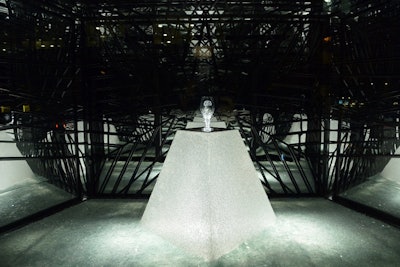
As a way to honor its origins—the beer was originally brewed as a holiday gift to the people of Leuven, Belgium—and showcase its limited-edition crystal chalice, Stella Artois unveiled a window installation in New York's meatpacking district on December 4. The seasonal display was designed and produced by HL:Creative, HL Group's experiential marketing division, and uses mirrors to create an infinity effect for the Swarovski crystal-adorned piece.
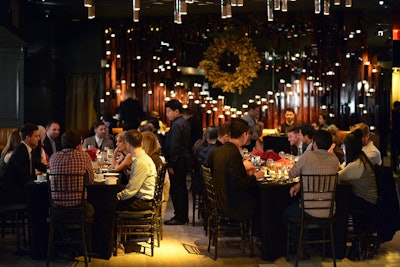
Following the window reveal, Stella Artois hosted a formal holiday dinner for celebrities, media, and other influential New Yorkers at Bar Nana. Guests sat at communal tables for the four-course meal, which, of course, included the brand's beer.
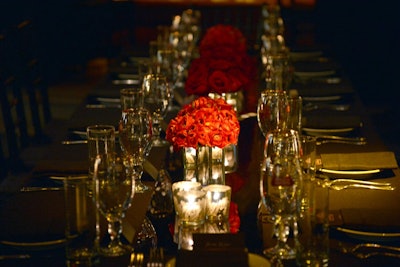
HL:Creative, helmed by creative director Ryan Jordan, also designed and produced the holiday dinner. The elegant look for the tabletops included short arrangements of red flowers, black linens, and votive candles.
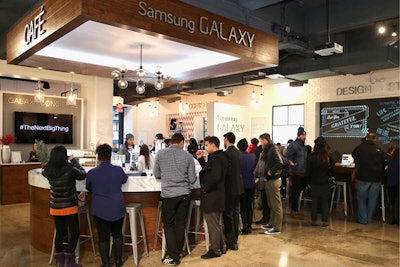
In time for the holiday shopping season, Samsung rolled out a series of pop-up experiences to showcase its latest gadgets to consumers. Dubbed the Galaxy Studio, the locations across the country showcased the Galaxy Note 10.1, Galaxy Note 3, and Galaxy Gear devices. As added incentive for consumers to interact, the Korean electronics brand integrated gamification into the pop-up, inviting visitors to accumulate points by participating in games and activities, redeeming for prizes such as gift cards, a USB speaker, and T-shirts.

Although Samsung's pop-up was more of a showroom than a shop—the devices on display were not for sale—the brand used the concept to show how its gadgets work in retail environments. As such, the studio included displays alongside accessories from partner Piperlime.
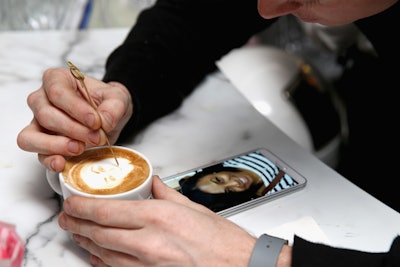
Quirky offerings at the Samsung Galaxy Studio in New York included latte artists that created portraits in foam.
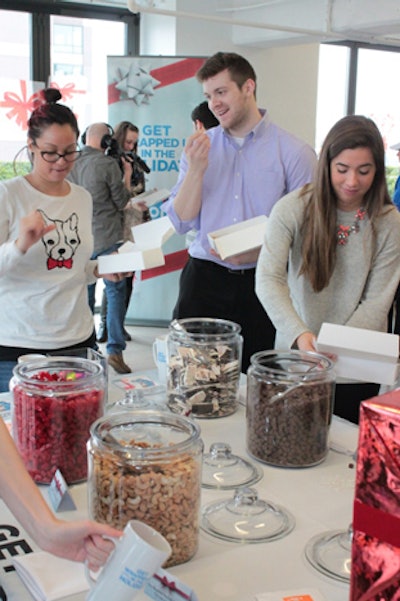
As with previous years, the ION Network created a promotional program for the holidays, aimed at putting itself in front of media agencies. Dubbed "Get Wrapped Up in the Holidays," the campaign traveled to 13 offices in the New York area, filling agency conference rooms with festive decorations, seasonal music, and the holiday films shown on its network. The program was produced by the Michael Alan Group and took place December 2 to 6.
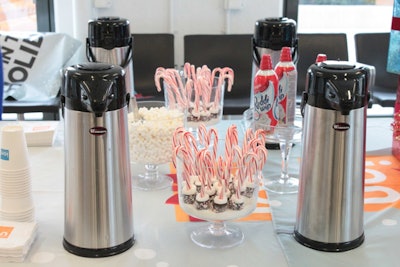
As part of its campaign, ION provided a hot chocolate bar. Agency staffers created their own box of edible goodies, choosing from a buffet-like selection. The broadcasting company also crafted a large white box tied with a red ribbon and invited staffers to drop in their business cards for an opportunity to win an iPad mini.
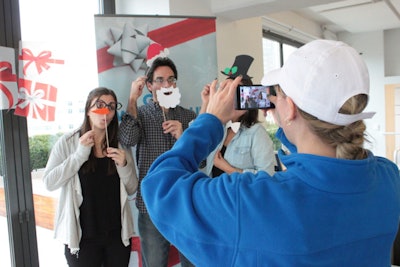
ION brought a photo op where staffers could pose with props—like a snowman's top hat or Rudolph's red nose—on sticks.
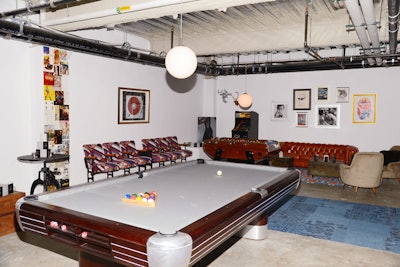
For a pop-up shop introducing a new line of men's underwear from the Swedish brand Frigo, producers Forward and designers Cortney and Bob Novogratz took a two-level empty retail space in New York's meatpacking district and created a sporty yet stylish gentleman's lounge. The pop-up, which ran from November 20 to 26, had a listening station with vinyl records and Beats headphones, a vintage pool table, and luxe touches like a disco ball sitting among books and floral arrangements on a dark wood shelving unit custom built for the space.



















